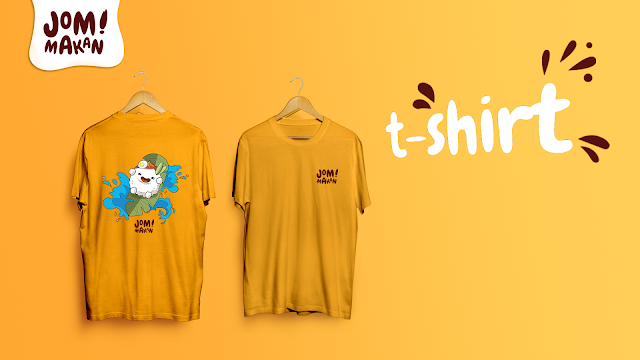Intercultural Design - Projects
Intercultural Design
06/01/20 - 01/03/20 (Week 01 - Week 09)
Sia Man Sheng
0333877
Instruction
Project 1 - Proposal
(Week 1-4)
Slide 1: 1st Attempt of Proposal
1. What about the Okami god? (One word to describe Okami-protector)
2. Observe Tokyo! Anything but zen, look into the elements of Tokyo, for example, the cat decorations (different colours has different meanings?)
3. How do I put it in a modern lifestyle? In life/ office?
4. Shrine (Protection omamori, see other forms of adaptation in the form of protection.)
5. Do current Tokyo restaurants still practice Morishio? Maybe in other forms or modern version? Is it adapted to modern design?
6. Mythology is based on? What? Protection
7. How does Tokyo give the idea of protection?
8. Are there any other elements that offer protection?
Project 2 - Data Collection
(Week 5-6)
Slide 3: Data Collection Presentation Slide
Final Project
(Week 7-9)
Slide 4: Final Project Progression
Final Compilation
Slide 4: Final Compilation Slide
06/01/20 - 01/03/20 (Week 01 - Week 09)
Sia Man Sheng
0333877
Instruction
Project 1 - Proposal
(Week 1-4)
In this module, we were given an opportunity to visit Tokyo, Japan for 7 days to study its culture and create an outcome of any sort based on our findings that interprets the given theme, 'Mythology'.
To prepare ourselves before going to Japan, we had to do thorough research of what we might encounter and what to expect from the culture there. Our research topic is focused on how the gods or kami offering protection to Japanese and how do the practices have blend into their daily routine. Along with 10 preliminary ideas. All compiled into a proposal that we had to present in class.
Slide 1: 1st Attempt of Proposal
After consultation with Ms.Anis, we have discussed on some aspect to be more focus on and questions to answer in order to get our topic deeper but not is only just on the surface.
2. Observe Tokyo! Anything but zen, look into the elements of Tokyo, for example, the cat decorations (different colours has different meanings?)
3. How do I put it in a modern lifestyle? In life/ office?
4. Shrine (Protection omamori, see other forms of adaptation in the form of protection.)
5. Do current Tokyo restaurants still practice Morishio? Maybe in other forms or modern version? Is it adapted to modern design?
6. Mythology is based on? What? Protection
7. How does Tokyo give the idea of protection?
8. Are there any other elements that offer protection?
Slide 2: Final Proposal
Feedbacks
Oni Kawara
- How is it being implied from monsters to roof tiles?
- Besides anything about tiles, are there paintings that transmit the same idea?
- High rise buildings, are there also elements of oni kawara?
Inari Okami
- How to expand it towards design?
- Does it repeated/ imply in the matter of in associate to inari?
- Look at the visualization in modern Japan.
- Despite modern japan, they still use inari as what?
Morishio
- Do they still practice it?
- Has it been adapted to other things?
- Why is it triangular shape?
- Motives that refers to Morishio.
Project 2 - Data Collection
(Week 5-6)
In this week's presentation, we had to compile all of our findings from last week's trip. Ranging from photos, videos, interview notes to intangible findings.
Data Collection Methods
Data Collection Methods
- Site Exploration
- Object Observation
- Interview
- Vlog
Aspect to be focus on
- Morishio
- Inari Okami
- Oni Kawara
Slide 3: Data Collection Presentation Slide
Video 1: Vlog on the process of collecting data
Final Project
(Week 7-9)
In our research, we found that many of the traditional spiritual practices are slowly being fazed out by modern society and living. The younger generation knows about these beliefs but are not interested in continuing the practice.
Hence, we decided to create an apparel brand called SHOU GEAR to reawaken and spark the spiritual belief and practice of protection in the lives of modern Japanese youth. We decided on clothing or streetwear as in this day and age, fashion and trends spread faster and wider amongst the youth in a short span of time.
Slide 4: Final Project Progression
Diagram 1: Compilation works
Diagram 2: Rationale
Diagram 3: T-shirt Deisgn - Front
Diagram 4: T-shirt Deisgn - Back
Diagram 5: T-shirt Deisgn
Diagram 6: Packaging Deisgn- Pop Up Diagram
Diagram 7: Packaging Design- Flip Over Page
Diagram 8: Packaging Design- External
Diagram 9: Overview of Packaging Design
Final Compilation
Slide 4: Final Compilation Slide














Comments
Post a Comment